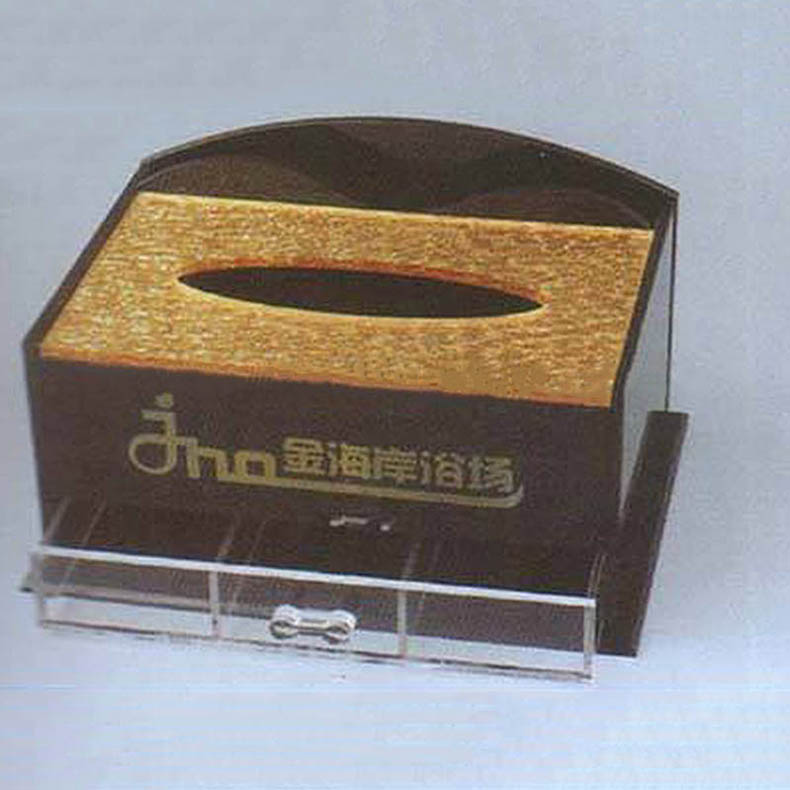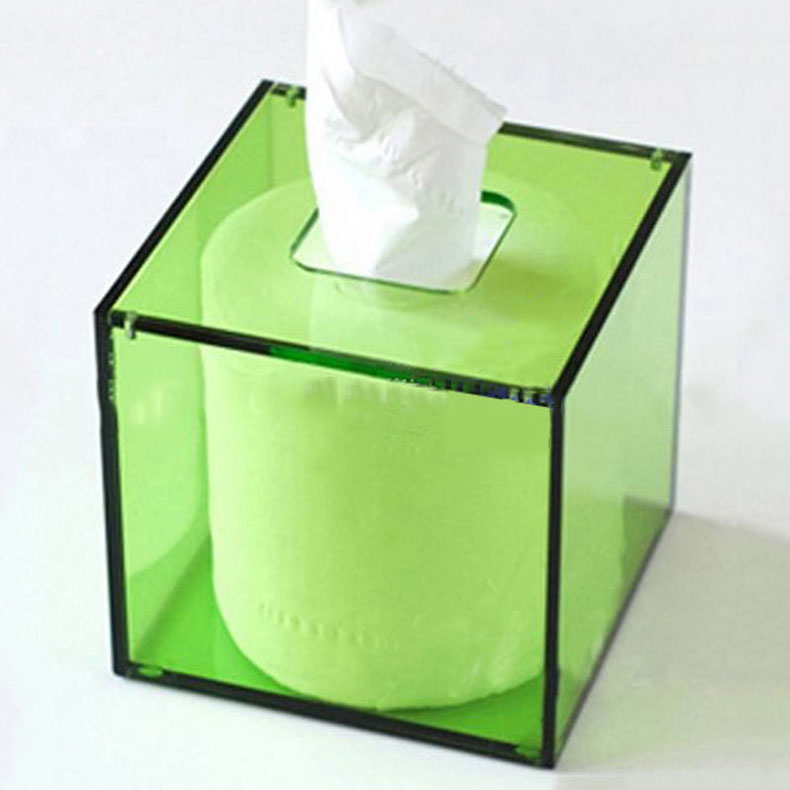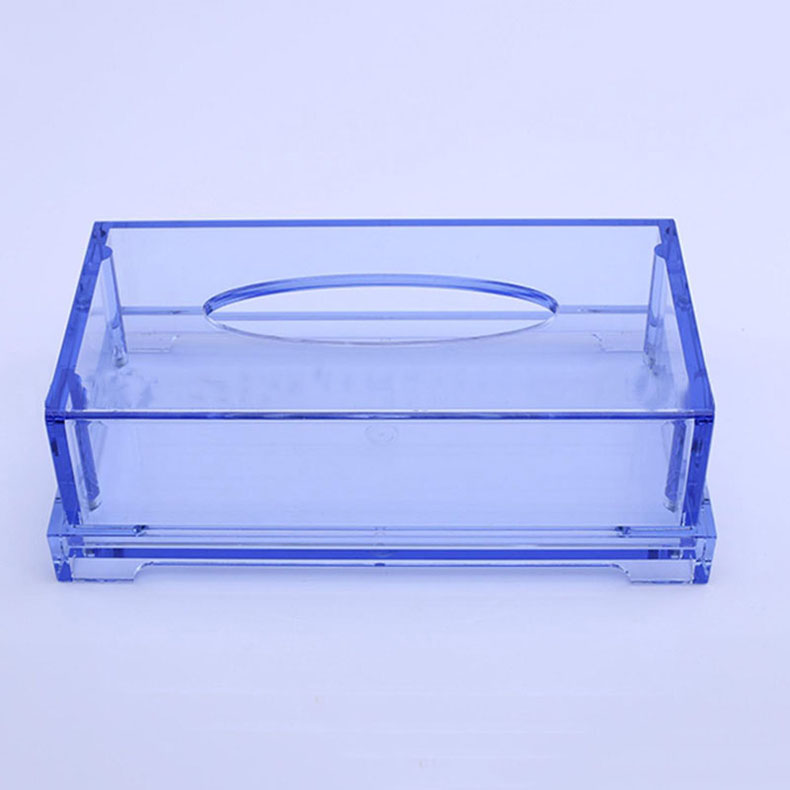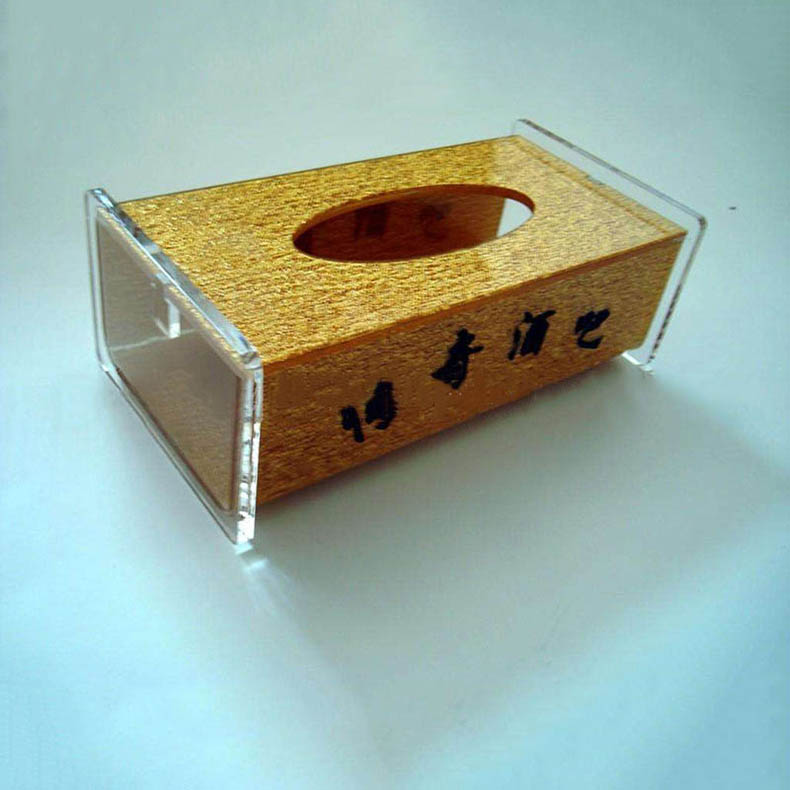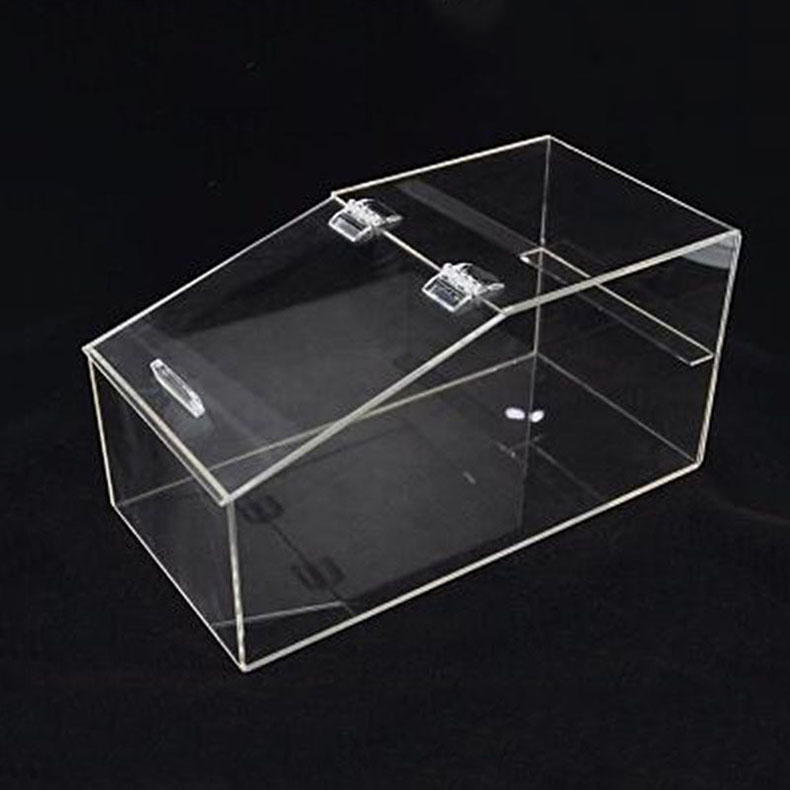Acrylic table legs have gained popularity in modern furniture design due to their transparency, durability, and ability to add a touch of elegance to any space. The production process of acrylic table legs involves several precise steps to ensure high - quality and aesthetically pleasing end products.
1. Material Selection
The first step in the production of acrylic table legs is the careful selection of acrylic material. Acrylic, also known as polymethyl methacrylate (PMMA), comes in different grades and qualities. High - grade acrylic is preferred for table legs as it offers better clarity, strength, and resistance to scratches and yellowing over time. Manufacturers typically source large sheets of acrylic with a thickness suitable for the intended table leg design. The thickness can range from a few millimeters to several centimeters, depending on the size and weight - bearing requirements of the table.
2. Design and Cutting
Once the acrylic material is selected, the next step is to design the table legs. Designers use computer - aided design (CAD) software to create detailed 2D and 3D models of the table legs. These models take into account factors such as the overall style of the table, the height and diameter of the legs, and any decorative elements.
After the design is finalized, the acrylic sheets are cut into the appropriate shapes. This can be done using a variety of cutting methods. One common method is laser cutting, which uses a high - powered laser beam to precisely cut through the acrylic. Laser cutting offers high accuracy and can create intricate shapes with smooth edges. Another method is saw cutting, which is suitable for larger and more straightforward cuts. However, saw - cut edges may require additional finishing to achieve a smooth surface.
3. Shaping and Molding
After the initial cutting, the acrylic pieces are shaped to form the table legs. For simple cylindrical or rectangular legs, the pieces may only need to be further refined to achieve the desired dimensions. However, for more complex shapes, such as tapered or curved legs, a molding process may be required.
In the molding process, the acrylic is heated to a specific temperature to make it malleable. It is then placed into a custom - made mold that has the exact shape of the desired table leg. Pressure is applied to ensure that the acrylic fills the mold completely. Once the acrylic cools and hardens, it retains the shape of the mold. This process allows for the creation of unique and detailed table leg designs.
4. Polishing
The surface finish of acrylic table legs is crucial for their appearance and durability. After shaping, the legs are polished to achieve a smooth and shiny surface. Polishing can be done using a series of abrasive pads with decreasing grit sizes. The initial rough polishing removes any surface imperfections caused by cutting or molding. As the grit size of the pads decreases, the surface becomes smoother and more reflective.
For a high - gloss finish, a final buffing step may be performed using a polishing compound. This gives the table legs a mirror - like shine that enhances their transparency and overall aesthetic appeal. Additionally, polishing also helps to improve the scratch resistance of the acrylic.
5. Drilling and Assembly
If the table legs need to be attached to the tabletop, holes are drilled at the appropriate locations. This is done using a drill press or a handheld drill with a drill bit suitable for acrylic. Care must be taken to prevent cracking or chipping of the acrylic during the drilling process.
Once the holes are drilled, the table legs are ready for assembly. They are typically attached to the tabletop using screws, bolts, or specialized adhesives. The choice of attachment method depends on the design of the table and the weight - bearing requirements.
6. Quality Control
Before the acrylic table legs are packaged and shipped, a thorough quality control inspection is carried out. This inspection checks for any defects in the material, such as cracks, bubbles, or scratches. The dimensions of the legs are also measured to ensure they meet the design specifications. The transparency and clarity of the acrylic are evaluated to ensure a consistent and high - quality appearance. Any table legs that do not meet the quality standards are either reworked or discarded.
In conclusion, the production process of acrylic table legs is a complex and precise one that requires careful material selection, advanced manufacturing techniques, and strict quality control. The end result is a set of beautiful, durable, and functional table legs that can enhance the look of any piece of furniture.
Overall, the entire process combines artistry and engineering to create acrylic table legs that are not only visually appealing but also reliable in daily use.



